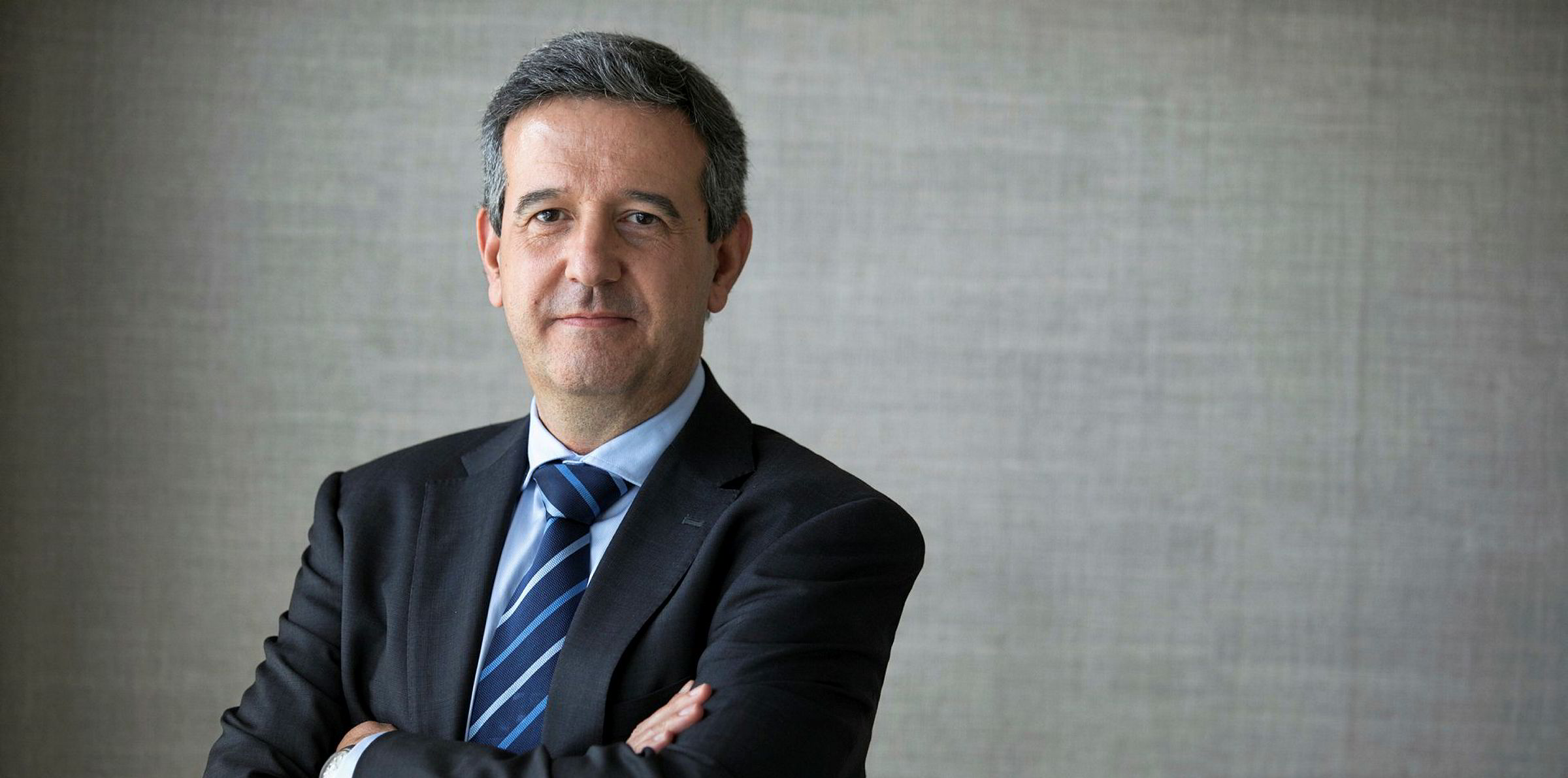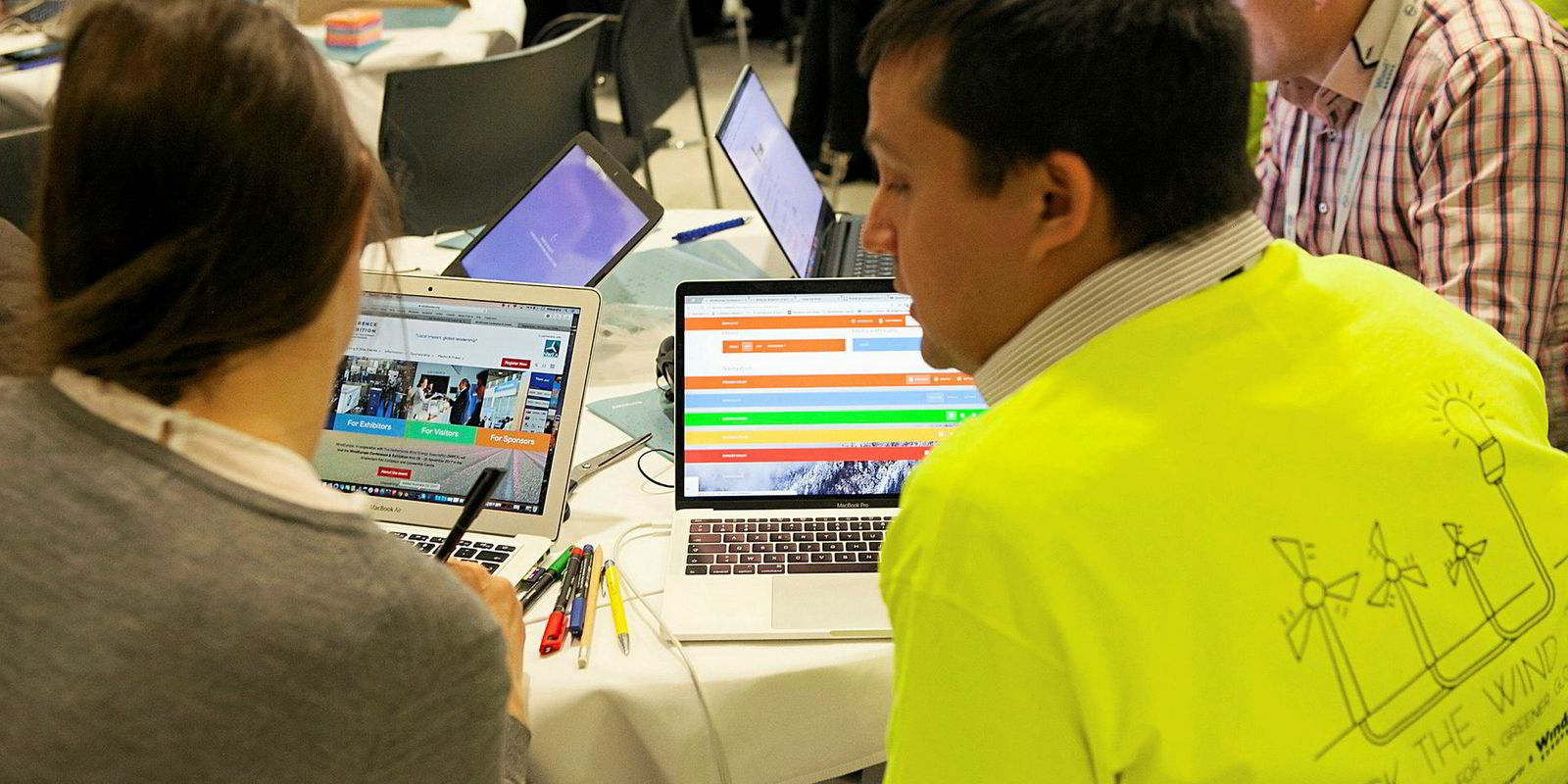Last year’s inaugural Hack the Wind hackathon had the general ambition of finding “fresh ideas to strengthen competitiveness and resilience” in the wind industry. This year the focus will include hatching new blockchain applications for hybrid systems. Can you outline the thinking behind singling out this topic for special attention?
We followed last year’s Hack the Wind closely and liked the format – and the results – but especially seeing the dedication of the teams working on the hackathon challenges. We believe that companies can benefit from open innovation environments, which have the ability to generate fresh ideas on the challenges that we face in our industry.
Blockchain technology has developed rapidly in the past and gained a lot of attention in the area of cryptocurrencies, but the technology provides further potential for other uses in the wind industry. Leveraging the knowledge of the 'digital natives' during Hack the Wind will give us greater insight into new uses and new ideas on how to apply such technologies.
We are challenging the hackathon participants with the theme: 'Managing a microgrid with blockchain technology'. This will not only combine many elements that we believe are a key to an interesting task for the participants, but also is linked to Hamburg, as we are basing it on a demonstration project we are about to switch on in the harbor here – a microgrid connecting three Siemens Gamesa wind turbines and our novel electric-thermal energy storage system to an industrial consumer, Trimet Aluminium.
The complexity of trading, balancing and payment is overwhelming today’s centralised energy management systems.
More widely though, we will soon see a disruptive transition from a centralised system with major power plants collocated to major industrial customers, to a decentralised and complex system of utility-scale production plants and C&I and residential prosumers. The complexity of trading, balancing and payment is overwhelming today’s centralised energy management systems and various market roles. Blockchain technology could help to setup a new decentralised energy system to manage and optimise it in a smart and efficient way.
The hackathon will give us insight into forming cross-functional teams that combine blockchain knowledge, data analytics capabilities, an understanding of the energy domain, as well as front-end development skills.
Beyond the obvious link between digitalisation and hackathons, from Siemens Gamesa’s standpoint, how will Hack the Wind 2018 reflect other key themes at the Global Wind Summit, such as electrification, auctions, corporate PPAs [power purchase agreements] and new markets?
There are quite obvious links between our challenge, which includes both microgrid management and blockchain technology. The advance of electrification leads to ever greater numbers of assets that are connected in the regional and global energy markets – assets that will have to be efficiently managed to ensure a stable, reliable and affordable energy system. In addition, sector coupling will advance in mature markets that further increases the complexity of the energy system.
Corporate PPAs are secure long-term agreements for the electricity consumer as well as for renewable energy developers, and thus for OEMs such as Siemens Gamesa. We believe that PPAs will help to further expand the share of renewables flowing onto the grid. Again, this leads to more complexity in the system and requires new solutions and concepts to balance demand and supply of energy. A hackathon is a great forum to create and grow ideas and find new solutions for our customers. Innovation is a large lever to make wind energy even more attractive which will, in the end, also create new opportunities in emerging markets.
As a mentor company for this year’s Hack the Wind, what immediate influence do you expect the hackathon to have on Siemens Gamesa’s approach to innovation and R&D? And what can it tell the wider wind industry about its approach to developing disruptive technologies?
Siemens Gamesa has a long track record in collaborating with research facilities such as universities or institutes to jointly create knowledge and develop new concepts. These learnings have a direct impact on our products and services. Open innovation is an element that we use and want to further expand to influence the field of disruptive technologies, rapidly develop minimal viable products [MVPs] and test new solutions.
Last year, teams built their concepts using Envision’s EnOS open source IoT [internet of things] platform. What, to your mind, are the key benefits to draw from using an open platform for fast-track technology development, not least considering issues related to IP [intellectual property]?
For this year’s Hack the Wind we collaborated closely with the Energy Web Foundation [a global non-profit organisation focused on accelerating blockchain technology across the energy sector ]. During the hackathon our challenge is hosted on their Energy Web open source blockchain platform. Open platforms provide access to many external developers that can solve problems or create new applications that we can build upon.
In addition to open platforms there is a vast number of cutting-edge open-source libraries available that help us in our R&D efforts. This data can often build the foundation or add additional functionality to our internal tools or software offerings. Utilising these elements and combining it with a “fail fast, learn and adopt” approach is vital for corporate innovation initiatives.
Digitalisation is one of four ‘day-themes’ at the Global Wind Summit this year. Given the nearly all-encompassing nature of digitalisation, is the wind industry moving quickly enough to make fundamental changes to the way it operates – from blockchain and other digital ledger technologies through iterative engineering processes to predictive maintenance etc. – to gain the efficiencies and forward-looking improvements that digitalisation offers?
Siemens Gamesa’s digital transformation applies the complete value-chain we provide to our customers, and is based on the digital twins of design, manufacturing and service. With digitalisation we turn data into value, and therefore we link wind digitalisation directly to portfolio optimisation. We can apply digitalisation across the entire wind value-chain using advancements in technology and a better understanding of the value that data insights can bring to our industry.
In design through installation, digitalisation enables higher efficiency and lower cost overall. For the customer value it means reduced Capex [capital expenditure] and shorter time to operation.
In maintenance, self-diagnostics and predictive maintenance are established as the new standard, which enhances production while reducing Opex [operational expenditure].
In operation, digitalisation means real time park optimisation between yield and life-time cost, based on site and energy market environment – it enables optimised value to cost ratio while fitting with new customer and country specific requirements.


